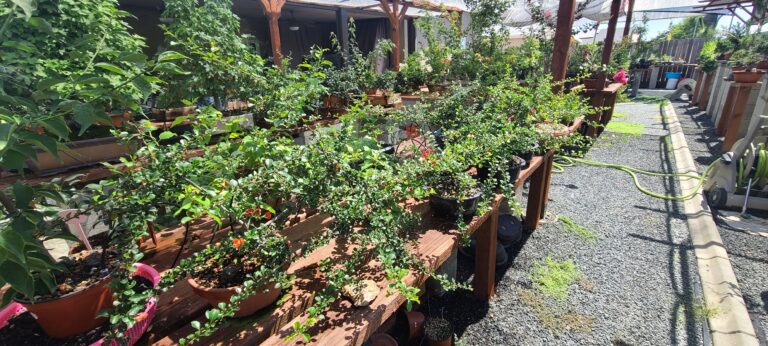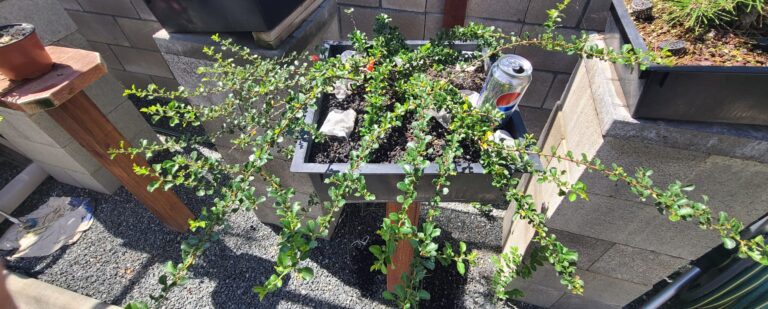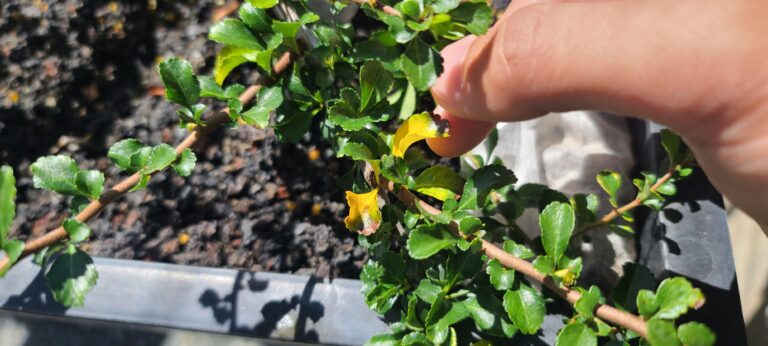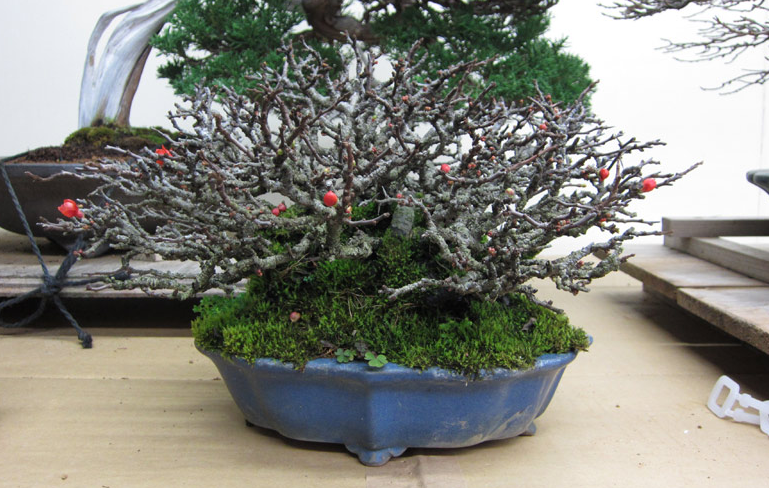Hey everyone, I’m back! And since we’re in the midst of summer, it’s the perfect time to talk about a topic that many of you might be interested in. Can Chojubai bonsai thrive in hot weather? Well, the short answer is yes! But before we dive into that, let’s first understand what Chojubai actually is.
Chojubai is a variant of Kusaboke (Chaenomeles japonica) or, as it’s known in the US, a variant of Flowering Quince. It’s a bonsai tree with beautiful flowers, especially the stunning dark red ones (which I’m lucky enough to have in my collection). These trees often showcase their branches and flowers during winter when they don’t have leaves.
Now, let’s get down to business. Can Chojubai survive and thrive in a Mediterranean-like weather, such as in California? Well, based on my experience of growing them for quite some time, the answer is a resounding yes! In fact, they absolutely love the sun. Actually the reason I tried to grow Chojubai is there’s a flower festival in my area which they have lots of roses, since Quince is in rose family that convinced me to give Chojubai a shot. Mine is positioned in full sun (with 50% shade cloth), and let me tell you, living in California’s hot and dry Central Valley with summer temperatures ranging from 100-110 degrees, my Chojubai is doing fantastic!

To take care of Chojubai in the summer, there are a couple of important things to understand. First and foremost, they are water hogs. They love water and can dry out quickly, so if you’re not a full-time bonsai practitioner like me, setting up an automatic watering system is essential to meet their hydration needs. Additionally, they thrive on fertilizer. While there’s a debate about whether fertilizer is necessary during summer dormancy, I can attest that Chojubai continues to grow even in the summer.
Like Michael Hagedorn once said, they’re a bunch of rascals. In fact, they grow like weeds in my area!

Since they have a high water requirement, it’s crucial to ensure the quality of the water you provide. In my second year of practicing bonsai, I acquired a few Chojubai trees, but unfortunately, they died. It wasn’t until I invested in a reverse osmosis (RO) unit and obtained some Chojubai from Jonas that I never experienced any casualties again. In general, make sure you have access to good water. Unfortunately, I don’t have good water in my area, so I had to set up an RO water system. In the future, I’ll share the details of my setup here in my house, so you can also install your own RO system if needed.

One common question I receive through emails is whether Chojubai bonsai are prone to any disease issues. Personally, I’ve never encountered anything strange with mine. The only thing worth noting is that during the summer, they may shed a few yellow leaves, but don’t worry—they’ll grow back. Another thing to watch out for during the repotting season is root galls which I’ll cover more in the future. Stay tuned for another blog post where I’ll delve into Chojubai care and its yearly schedule in more detail.

So, there you have it—Chojubai bonsai can indeed flourish in hot weather. They thrive under the summer sun, as long as you provide them with ample water, quality fertilizer, and ensure the overall health of the tree. Stay tuned for more bonsai insights and care tips in future posts. Happy gardening!
